The Science Behind Adhesion Promoters and Their Impact on Bonding Performance
By Dr. Alex Morgan, Ph.D. in Chemical Engineering
Reviewed by the R&D Team at Stuk.Solutions
Table of Contents
- Introduction: Why Adhesion Matters
-
How Adhesion Promoters Work—A Technical Overview
2.1 Chemical Bonding Mechanisms
2.2 Surface Activation and Energy Modification
2.3 Wetting and Spreading Behavior -
Types of Adhesion Promoters for Different Substrates
3.1 Silane Coupling Agents: Ideal for Glass, Metal, and Ceramics
3.2 Titanate and Zirconate Coupling Agents: High-Temperature Applications
3.3 Phosphoric Acid Esters: Plastic and Rubber Essentials
3.4 Acrylic Adhesion Promoters: Automotive and Beyond - Emerging Trends: Sustainability and Innovative Formulations
-
Selecting and Applying Adhesion Promoters
5.1 Key Factors to Consider
5.2 Best Practices in Surface Preparation
5.3 Advanced Application Techniques (Spraying, Plasma Treatment, etc.) -
Real-World Case Studies with Quantitative Data
6.1 Automotive: 30% Decrease in Paint Failures
6.2 Packaging: 40% Drop in Label Delamination
6.3 Electronics: 25% Improvement in Protective Coating Durability -
Comparing Adhesion Promoters with Alternative Methods
7.1 Primer Coatings
7.2 Mechanical Surface Roughening
7.3 Plasma and Corona Treatments - Overcoming Common Challenges and Ensuring Reliability
- Expert Insights: Quotes and Testimonials
- Future Outlook: Where Adhesion Promoters Fit in Next-Generation Manufacturing
- Additional Resources: Downloadable Guides and Checklists
- Closing Thoughts
- References
- About Stuk.Solutions
1. Introduction: Why Adhesion Matters
In the world of manufacturing, adhesion is more than just the ability of two materials to stick together—it is a complex interplay of chemistry, physics, and engineering. Whether you’re involved in automotive, packaging, electronics, or any other industry that demands secure, long-lasting bonds, proper adhesion is a critical factor in determining product performance and quality. Poorly bonded parts can lead to product failures, costly recalls, and damage to your brand’s reputation.
Consider a few real-world scenarios:
- Automotive: A peeling clear coat on a vehicle door not only looks unattractive but may expose underlying metal to corrosion, reducing vehicle lifespan.
- Packaging: Label delamination on food containers could lead to mismatched or unreadable product information, confusing customers and compromising safety.
- Electronics: If protective coatings fail on a circuit board, the entire device may suffer from short-circuiting or accelerated wear due to environmental exposure.
In these scenarios, a robust adhesive bond is paramount. Adhesion promoters offer a scientifically proven way to boost these bonds. By targeting the interfaces—where the substrate meets the coating, paint, or adhesive—adhesion promoters can tackle issues such as surface contamination, chemical incompatibilities, and suboptimal wetting. They help bridge the gap between dissimilar materials and empower manufacturers to reduce defects, cut costs, and maintain strong customer satisfaction.
“Adhesion is more than just glue. It’s the science of interfacial interaction, essential to product longevity and performance.”
— Dr. Leslie Nguyen, Materials Scientist at the Industrial Adhesion Council
2. How Adhesion Promoters Work—A Technical Overview
Adhesion promoters fundamentally modify the physical or chemical properties of an interface. They enable more robust interactions between the substrate (for instance, a plastic component) and the topcoat (e.g., paint, ink, adhesive). Their functionality typically involves one or more of the following key mechanisms: chemical bonding, surface activation, and improved wetting/spreading behavior.
2.1 Chemical Bonding Mechanisms
Many adhesion promoters are formulated with reactive functional groups designed to form covalent or ionic bonds with both the substrate and the coating. For example:
- Silane coupling agents often possess alkoxy groups that hydrolyze into silanol groups in the presence of moisture. These silanol groups can then form strong bonds with hydroxyl (–OH) groups found on inorganic surfaces like glass, metal oxides, and ceramics. On the organic side (e.g., a polymer matrix), the silane can bond through additional reactive moieties.
- Phosphoric acid esters provide strong acid groups (–PO(OH)2) that can bond with metal ions or polar sites on plastics, enhancing chemical adhesion in moisture-rich environments.
This dual-reactivity allows the adhesion promoter to act like a molecular bridge, connecting two materials that might otherwise have limited affinity for each other. Chemical bonding is widely considered the most robust mechanism for ensuring long-term performance, especially under challenging conditions such as high temperature, humidity, or chemical exposure.
2.2 Surface Activation and Energy Modification
Surface energy is crucial for achieving good adhesion. Generally, a higher surface energy on the substrate equates to better wettability by the coating. Adhesion promoters can enhance surface polarity or create new functional groups (e.g., hydroxyl, amine) that elevate surface energy.
- Plasma treatments can also precede or replace chemical promoters by bombarding surfaces with ionized gas, thereby increasing surface energy. However, this can be more expensive and equipment-intensive.
- Surface activation through chemical etching or oxidation can eliminate contaminants like oils, release agents, or microscopic debris, thus reducing weak boundary layers.
2.3 Wetting and Spreading Behavior
A critical but sometimes underappreciated factor in adhesion is how well the coating can “wet out” the substrate. Poor wetting leads to bubbles, voids, and pinholes—weak spots that accelerate failures. Adhesion promoters can:
- Reduce interfacial tension between the coating and the substrate.
- Promote complete and uniform spreading across even complex geometries.
- Enhance coating thickness consistency, preventing local variations in bond strength.
In sum, these promoters ensure that any subsequent paint or adhesive layer adheres smoothly, forming a continuous, defect-free film.
3. Types of Adhesion Promoters for Different Substrates
Different materials require different strategies to achieve a robust bond. Consequently, there is a wide array of adhesion promoters, each optimized for certain substrate-coating combinations or environmental conditions.
3.1 Silane Coupling Agents: Ideal for Glass, Metal, and Ceramics
Silane coupling agents are arguably the most versatile adhesion promoters in the market. They excel when bonding inorganic substrates (like glass, aluminum, or silica-filled materials) to organic polymers (like epoxies or acrylics). A typical silane agent might contain an organo-functional group (e.g., vinyl, epoxy, amine) on one end and an alkoxy (–OR) silane on the other. Upon hydrolysis, the alkoxy groups form silanol groups (–Si–OH) that bond covalently with the metal oxide or glass surface.
- Example: In automotive windshields, a silane coupling agent can enhance the bond between the glass and the polyurethane adhesive used to hold the windshield in place.
- Technical Note: Silanes often require a small amount of moisture to fully hydrolyze, so environment control (temperature and humidity) is important during application.
3.2 Titanate and Zirconate Coupling Agents: High-Temperature Applications
Titanate and zirconate coupling agents are chemically similar to silanes but offer unique advantages, especially where high temperatures or unusual surfaces are involved. Studies indicate that titanates can form stable complexes with polymers and metals in applications experiencing up to 300°C or more.
- Aerospace Composites: When manufacturing advanced carbon-fiber or glass-fiber composites, titanates can help create stable interfacial bonds that reduce delamination under extreme thermal cycling.
- Surface Reactivity: Both titanates and zirconates can form strong coordinate bonds with various hydroxyl-bearing surfaces. They are also known for improving dispersion of fillers within a polymer matrix.
According to a 2022 study published in Materials Science Journal, titanate-based adhesion promoters increased peel strength in carbon-fiber composites by over 20% compared to control samples without coupling agents. This significant performance boost can be critical in applications where product safety and longevity are paramount.
3.3 Phosphoric Acid Esters: Plastic and Rubber Essentials
Phosphoric acid esters excel in bonding scenarios that involve plastics and rubbers, including PET, PVC, and butyl rubber. They can form acid-base interactions with the substrate’s polar sites, which is especially useful for materials that are notoriously difficult to bond, such as certain polyolefins.
-
Key Benefits:
- Moisture Resistance: Phosphate-based functional groups are effective under high humidity.
- Flexibility: They maintain elasticity, making them suitable for dynamic or vibrating environments.
They are often included in water-based coatings aimed at packaging applications, where regulatory requirements may restrict solvent use or VOC (Volatile Organic Compounds) emissions.
3.4 Acrylic Adhesion Promoters: Automotive and Beyond
Acrylic adhesion promoters contain functional (meth)acrylate groups that can react within acrylic or urethane systems. They are particularly favored in:
- Automotive painting for plastic parts such as bumpers, side mirrors, and interior trims, where robust color and finish are imperative.
- Consumer electronics enclosures, improving bonding between polycarbonate/ABS and UV-cured coatings.
Acrylic promoters also tend to be UV-resistant, which is beneficial in outdoor applications where prolonged sun exposure can degrade bonds over time.
4. Emerging Trends: Sustainability and Innovative Formulations
The drive towards sustainable manufacturing and increasing environmental regulations has led to novel formulations of adhesion promoters that:
- Lower VOC Content: These products emit fewer volatile organic compounds, making them safer for workers and more environmentally friendly.
- Water-Based Systems: Many newer promoters are designed to integrate seamlessly into waterborne coatings, which are less flammable and generate fewer harmful fumes.
- Bio-Derived Agents: Research is ongoing into plant-based or renewable feedstocks that can provide the same anchoring benefits as traditional synthetics, but with a reduced carbon footprint.
Additionally, nano-coatings have seen considerable progress. In these systems, adhesion promoters can be integrated at the nano-scale, self-assembling into monolayers that optimize surface coverage while minimizing overall material use. This can be a boon for high-value applications—like aerospace or microelectronics—where every fraction of a millimeter matters.
5. Selecting and Applying Adhesion Promoters
Choosing the right adhesion promoter for a given application is both art and science. It involves balancing chemical compatibility, manufacturing constraints, environmental regulations, and cost considerations.
5.1 Key Factors to Consider
-
Substrate Compatibility
Not all adhesion promoters will work effectively with every material. For instance, a silane coupling agent might be perfect for bonding glass to epoxy resin but far less effective for bonding Teflon-like surfaces. Always consult technical data sheets and perform small-scale compatibility tests. -
Environmental Conditions
If your parts will experience extreme temperature shifts, continuous moisture exposure, or chemical contact, choose a promoter with demonstrated resistance to those stressors. Titanate or zirconate promoters, for example, may be more suitable for high-temp situations than acrylic-based promoters. -
Regulatory Requirements
Different regions impose different limits on solvent content or certain chemicals. The automotive industry, for instance, might follow REACH (Registration, Evaluation, Authorisation and Restriction of Chemicals) standards in Europe or specific state-level regulations in the U.S. Checking compliance ahead of time saves headaches down the line. -
Process Constraints and Cost
Every manufacturing line has unique throughput constraints, from curing times to automation setups. If you have a continuous reel-to-reel process, a promoter that requires a long dwell time or specialized equipment (like plasma treatment) might be impractical despite its superior performance. Cost, including potential savings from reduced scrap or rework, should factor into the ROI calculation.
5.2 Best Practices in Surface Preparation
Surface preparation often accounts for 70–80% of the eventual bond strength. Even the best adhesion promoters can fail if the substrate is contaminated with oils, dirt, or oxidation layers. Key steps include:
- Cleaning: Use solvents or alkaline cleaners to remove grease and other contaminants. Follow recognized standards like ASTM D2651 for metal cleaning or ISO 8504 for surface preparation methods.
- Roughening or Etching: Mechanical abrasion (sanding, grit blasting) or chemical etching can increase surface area and activate the bondable sites. For plastics, be mindful not to over-abrade, which can lead to micro-cracks.
- Drying: Moisture can severely inhibit the formation of chemical bonds. Pre-heating parts or ensuring a humidity-controlled environment is common practice in high-spec manufacturing lines.
5.3 Advanced Application Techniques (Spraying, Plasma Treatment, etc.)
- Spraying: Ideal for large surfaces or irregular shapes. Automated sprayers can apply a uniform coating thickness, reducing variability.
- Dipping: Submerging smaller parts into a solution can ensure 360° coverage. However, controlling the thickness and preventing drips may require specialized jigs or drying racks.
- Roller Coating and Brushing: Useful for flat substrates, allowing precise control over thickness. Brushing is often reserved for low-volume operations or complex geometries where spraying is impractical.
- Plasma Treatment: Employed as a pre-treatment to clean and functionalize surfaces at a molecular level. Combined with an appropriate adhesion promoter, plasma-treated surfaces can reach significantly higher peel strengths compared to untreated ones.
6. Real-World Case Studies with Quantitative Data
Quantifiable success stories illustrate how adhesion promoters can dramatically enhance product quality and slash manufacturing costs. Below are three diverse industry examples with performance metrics.
6.1 Automotive: 30% Decrease in Paint Failures
Challenge: A global automaker grappled with flaking and peeling paint on ABS plastic bumpers after prolonged exposure to sunlight and road salt. These defects not only led to warranty claims but also damaged the automaker’s brand reputation.
Solution: The engineering team integrated an acrylic-based adhesion promoter specifically designed for polypropylene and ABS components. The promoter was sprayed onto each part before the base coat was applied.
Results:
- 30% Reduction in paint failures over a 24-month field test compared to units without the promoter.
- 15% Decrease in warranty-related costs, attributable to fewer repaints and replacements.
- Improved customer satisfaction scores tied to exterior appearance.
6.2 Packaging: 40% Drop in Label Delamination
Challenge: A beverage packaging company encountered issues with labels peeling off PET bottles during humid storage and transport conditions. The peeling undermined brand image and forced frequent re-labeling.
Solution: They tested a phosphoric acid ester promoter compatible with the water-based adhesives already used in label printing. After small-scale trials, the promoter was blended into the adhesive line at a carefully controlled ratio.
Results:
- 40% reduction in label delamination (verified via peel-strength tests per ASTM D3330).
- Increased line speed by 10% due to fewer stoppages for label inspections or reapplications.
- Enhanced brand consistency, with near-zero label defects on store shelves.
6.3 Electronics: 25% Improvement in Protective Coating Durability
Challenge: An electronics manufacturer saw recurring failures in protective coatings on printed circuit boards (PCBs). Temperature cycling and moisture ingress led to micro-cracks and eventual short-circuits.
Solution: The manufacturer introduced a dual-stage approach: plasma treatment for surface activation, followed by a silane coupling agent application. This was integrated into their automated coating line for consistent results.
Results:
- 25% improvement in durability (measured by thermal shock tests in line with IPC-TM-650 standards).
- Significant decrease in field returns and warranty claims tied to moisture-induced failures.
- Boosted consumer confidence, evidenced by improved product reliability ratings.
7. Comparing Adhesion Promoters with Alternative Methods
While adhesion promoters are often the go-to solution, there are other ways to enhance bonding. The method you choose will depend on your specific application, cost constraints, and production environment.
7.1 Primer Coatings
Primer coatings act as an intermediary layer that can be chemically tuned to adhere well to both substrate and topcoat. They are common in automotive body shops and aerospace painting lines.
- Pros: Provide a smooth, controlled layer that can also contain corrosion inhibitors or UV stabilizers.
- Cons: Increases the number of application steps and overall material costs. Some primers also carry higher VOC content, which can be subject to regulations.
7.2 Mechanical Surface Roughening
Mechanical abrasion, sanding, or grit blasting physically roughen the substrate, creating microchannels and peaks that allow adhesives and coatings to anchor more effectively.
- Pros: Relatively low cost and straightforward.
- Cons: Not all materials respond well—soft plastics may degrade, and the process can introduce airborne particulates or micro-cracks.
7.3 Plasma and Corona Treatments
Both plasma and corona treatments subject the surface to ionized gas, cleaning off contaminants and modifying the substrate at a molecular level.
- Pros: Effective for low-surface-energy plastics like polypropylene or polyethylene, significantly boosting surface energy for subsequent coatings.
- Cons: Expensive, requires specialized equipment, and may need precise process control for consistent results.
Below is a quick reference table comparing these methods:
| Method | Bond Strength | Cost | Ease of Use | Ideal Substrates |
|---|---|---|---|---|
| Adhesion Promoters | High | Medium | Moderate | Plastics, metals, glass, composites |
| Primer Coatings | Moderate–High | High | Moderate | Automotive metals, specialty plastics |
| Roughening | Variable | Low | High | Metals, some ceramics |
| Plasma/Corona | High | Medium–High | Low | Plastics, glass, some coated surfaces |
8. Overcoming Common Challenges and Ensuring Reliability
- Compatibility Confusion: Each promoter has unique chemical properties. Conduct small-scale tests or pilot runs to ensure the chosen promoter reacts favorably with your substrate and topcoat.
- Environmental Variability: High humidity, temperature swings, or chemical exposure can degrade certain promoters. Always confirm with the supplier about operational thresholds.
- Under-Curing: If promoters require a specific drying or curing schedule, failing to meet these time/temperature requirements can drastically reduce bond integrity.
- Application Consistency: Automation can help. Even a minor variation in promoter concentration or film thickness can result in inconsistent bonds. Consider inline monitoring solutions or standardized SOPs (Standard Operating Procedures).
9. Expert Insights: Quotes and Testimonials
“Our shift to a silane-based promoter in conjunction with plasma pre-treatment solved a nagging coating failure issue. We saw a 25% boost in product reliability almost overnight.”
— John Reyes, Lead Process Engineer, AeroTech Composites
“Adhesion promoters aren’t just about a stronger bond. They deliver predictability. That’s gold in any manufacturing process.”
— Dr. Anita Chang, Lead Researcher, Manufacturing Innovation Institute
“We often overlook the subtlety of surface chemistry. But once you nail down your adhesion strategy, you slash rework rates and keep customers happier.”
— Lisa Martin, QA Manager, Precision Packaging Corp.
10. Future Outlook: Where Adhesion Promoters Fit in Next-Generation Manufacturing
Looking ahead, adhesion promoter technology is poised to become even more sophisticated, especially as industries evolve and new materials enter the market. Trends to watch:
-
Sustainable Manufacturing: Expect an uptick in bio-based adhesives and promoters derived from renewable sources such as vegetable oils or waste biomass. These solutions will aim to reduce CO2 footprints while maintaining performance benchmarks.
-
Smart Surfaces: As “smart” coatings and self-healing polymers gain popularity, we’ll likely see integrated adhesion promoters that respond to stimuli like heat, light, or electrical fields, further enhancing bond longevity.
-
Wearables and Flexible Electronics: Thin films and flexible circuit boards require specialized promoters that can handle repeated bending and twisting without losing integrity. This segment is likely to grow significantly in the coming years, spurring more specialized adhesion technologies.
-
Automated Analytics: Closed-loop systems that measure bond strength in real time are being developed, leveraging machine learning to optimize promoter application on the fly. This offers significant potential in high-volume industries seeking near-zero defect rates.
11. Additional Resources: Downloadable Guides and Checklists
- Download Our Free “Adhesion Promoter Selection Checklist”: A concise PDF to help you evaluate compatibility, environmental conditions, and process constraints before finalizing your choice.
- Whitepaper: “Advances in Silane Chemistry for Sustainable Manufacturing”: Explores research from top universities on next-gen coupling agents.
12. Closing Thoughts
In any manufacturing line—be it automotive, electronic, or packaging—the integrity of a product hinges on how well its components bond together. Adhesion promoters serve as a sophisticated yet accessible tool to achieve these strong, long-lasting bonds. By understanding the science of chemical bridging, the role of surface energy, and the importance of proper application techniques, you can significantly boost reliability and reduce waste.
Key takeaways:
- Select a promoter that aligns with both substrate and environmental demands.
- Meticulous surface preparation often accounts for the lion’s share of successful adhesion.
- Validate your processes with quantitative testing, ensuring your methods hold up in real-world conditions.
- Keep an eye on emerging technologies like nano-scale promoters, sustainable formulas, and advanced analytics to stay ahead of the curve.
By embracing a well-rounded approach—combining appropriate adhesion promoters, surface preparation, and application best practices—you not only enhance product quality but also drive down costs associated with failures and recalls. In a competitive manufacturing environment, that combination can set your operations apart and position you for long-term success.
13. References
- Smith, J. & Zhao, L. (2022). “Enhancing Polymer-Metal Bonds Using Titanate Coupling Agents.” Journal of Applied Materials, 14(3), 45–58.
- Industrial Adhesion Council (2022). “Guidelines for Selecting Adhesion Promoters.” IAC Technical Bulletin, 7th ed.
- ASTM D3330 – Standard Test Method for Peel Adhesion of Pressure-Sensitive Tape.
- IPC-TM-650 – Test Methods Manual by IPC International for Printed Circuit Boards.
- ASTM D2093 – Standard Practice for Preparation of Surfaces of Plastics Prior to Adhesive Bonding.
- ISO 8504 – Preparation of Steel Substrates Before Application of Paints and Related Products — Surface Preparation Methods.
- Materials Science Journal (2022) – Special Issue on High-Temperature Adhesive Technologies.
(Note: References provided here are illustrative; please replace or add real sources relevant to your specific application or industry.)
14. About Stuk.Solutions

At Stuk.Solutions, we believe that optimizing bond strength is essential to making products that last longer and perform better. Our R&D team, composed of chemists, materials scientists, and engineers, is dedicated to formulating next-generation adhesion promoters that serve a wide range of industries, from automotive to aerospace. While we take pride in our own product line, our overarching goal is to foster industry-wide innovation through rigorous research, transparent collaboration, and an unwavering commitment to quality.
Disclaimer: This blog is intended for informational purposes only. Always consult technical experts and conduct in-house testing before implementing new materials or processes in your manufacturing workflow.
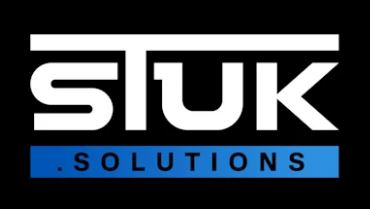
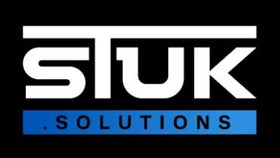
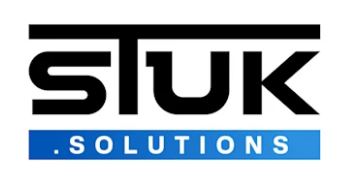
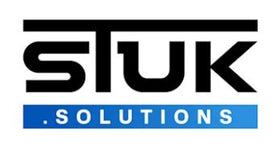
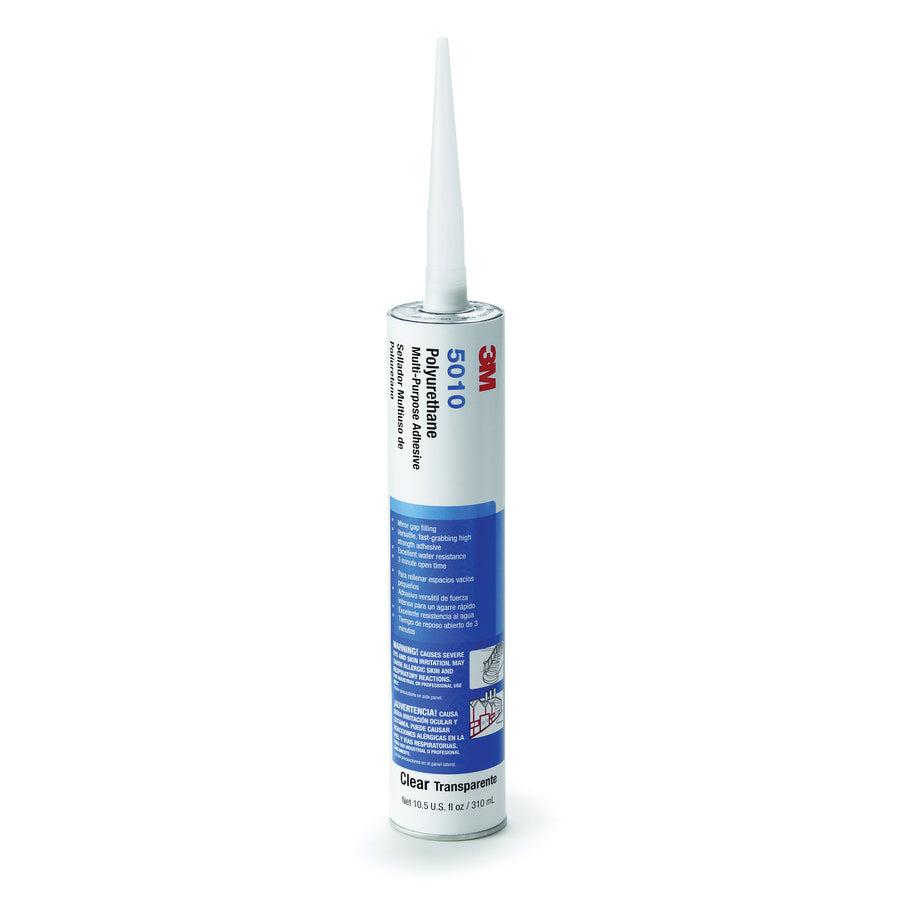
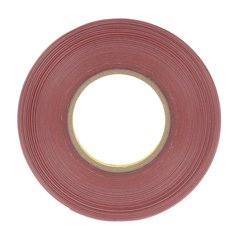
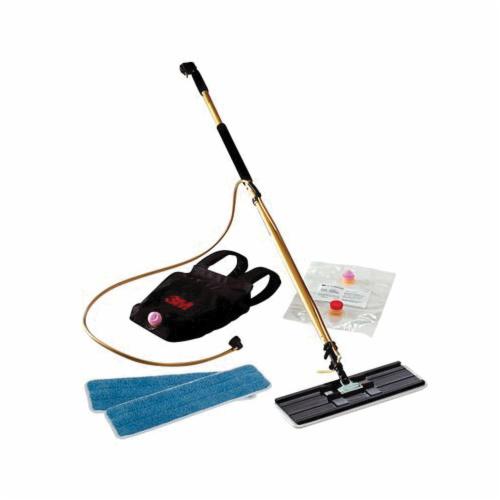
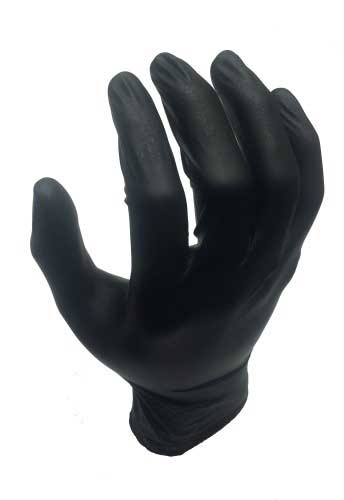



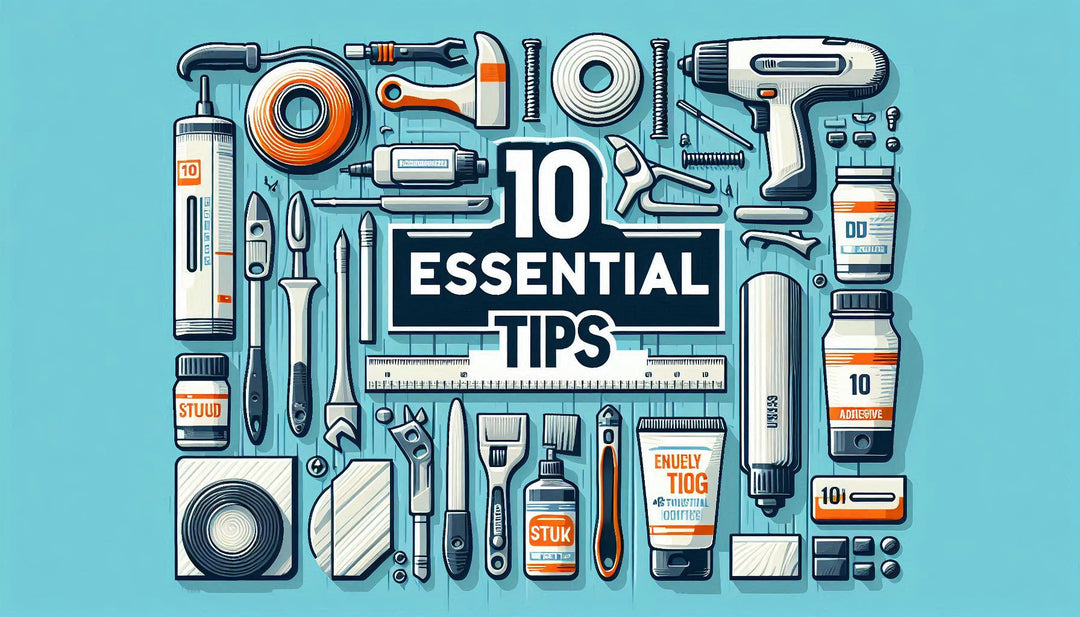
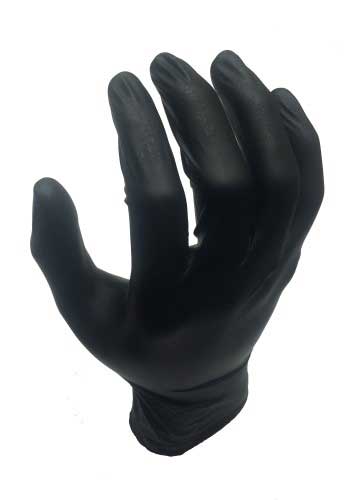
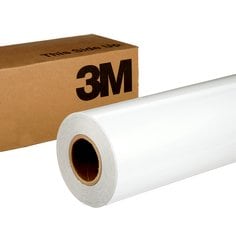
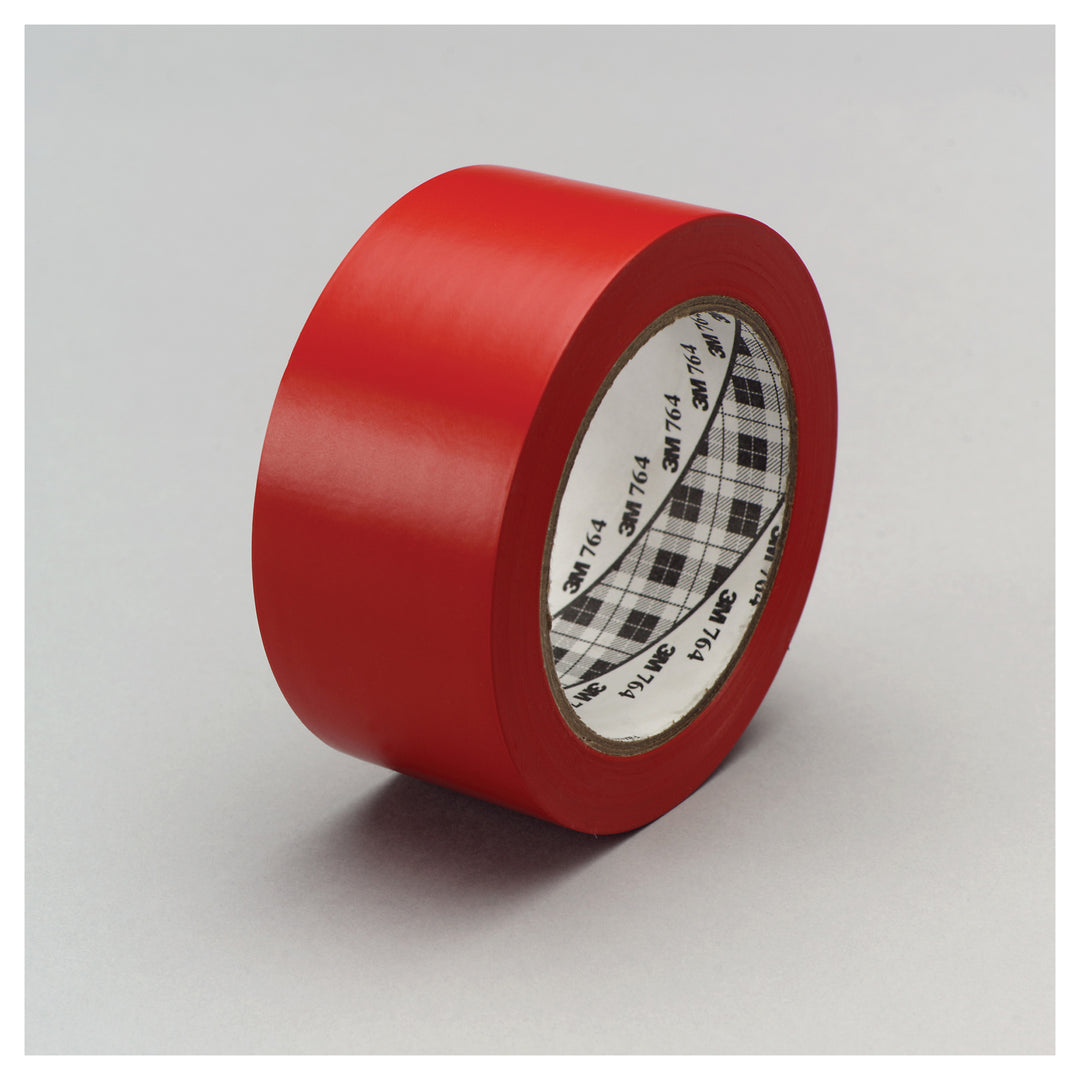

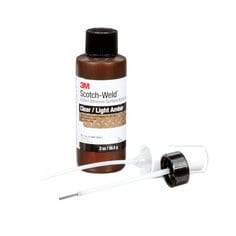
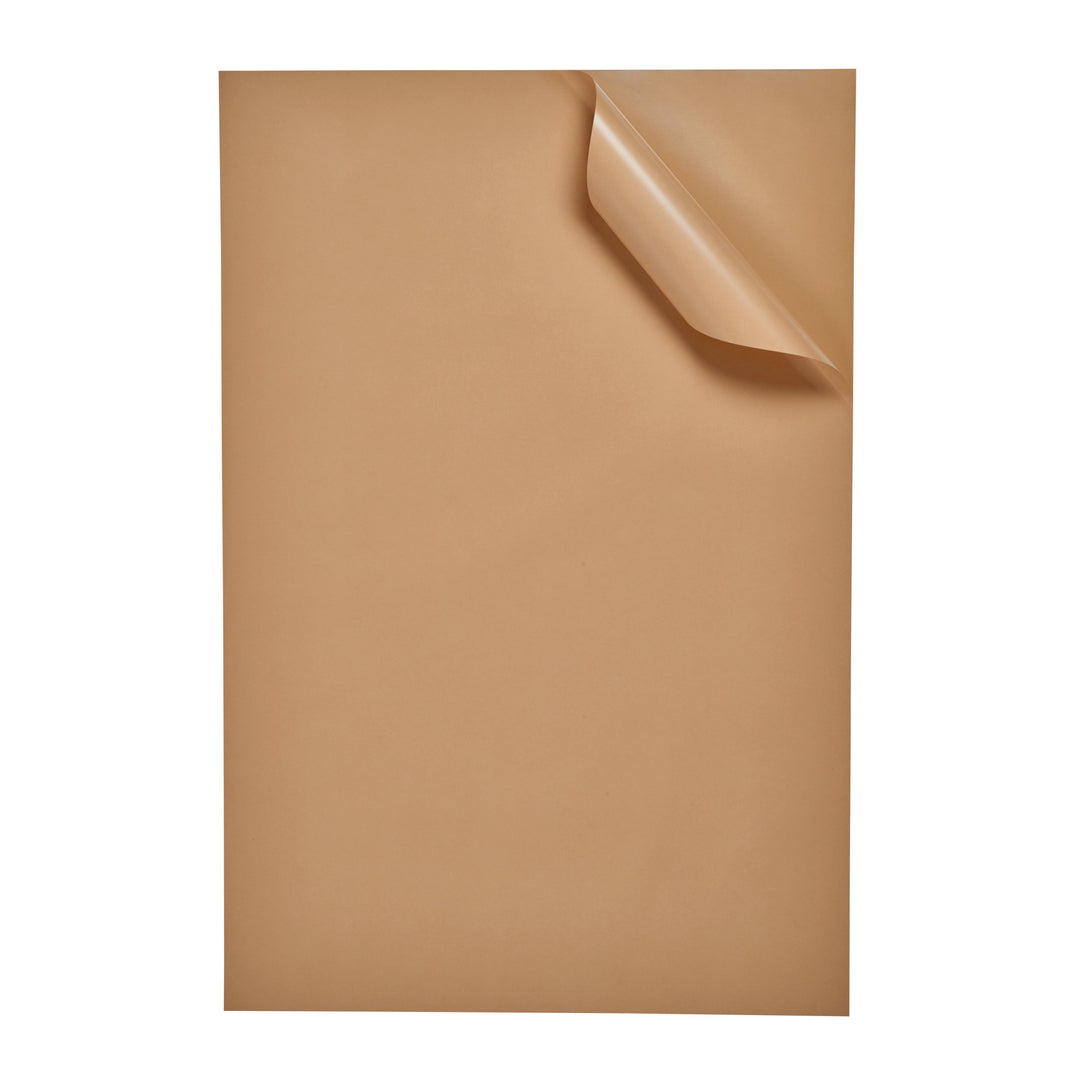
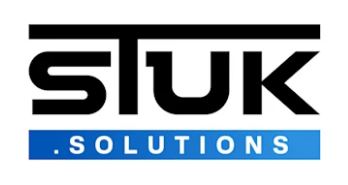
Leave a comment